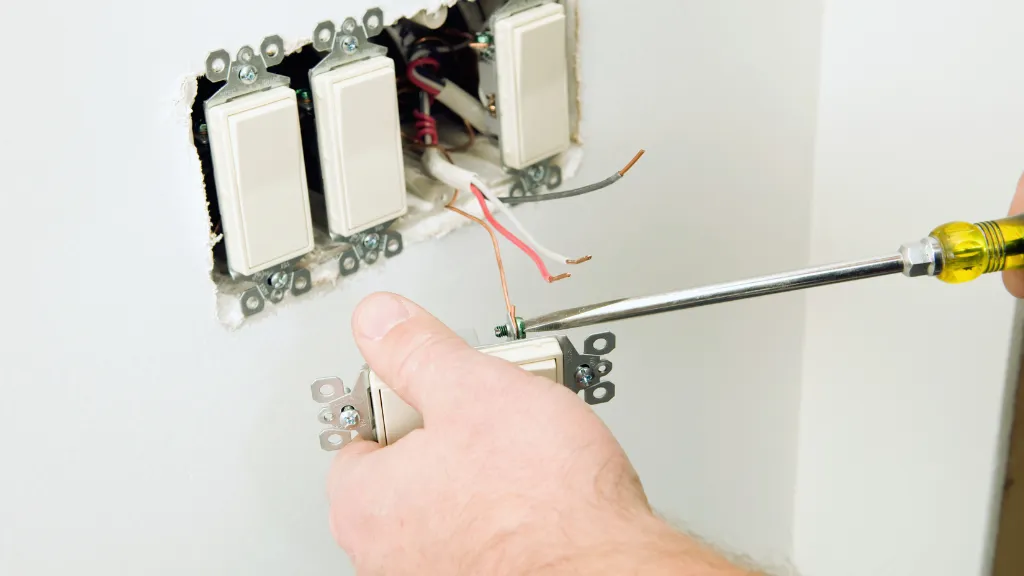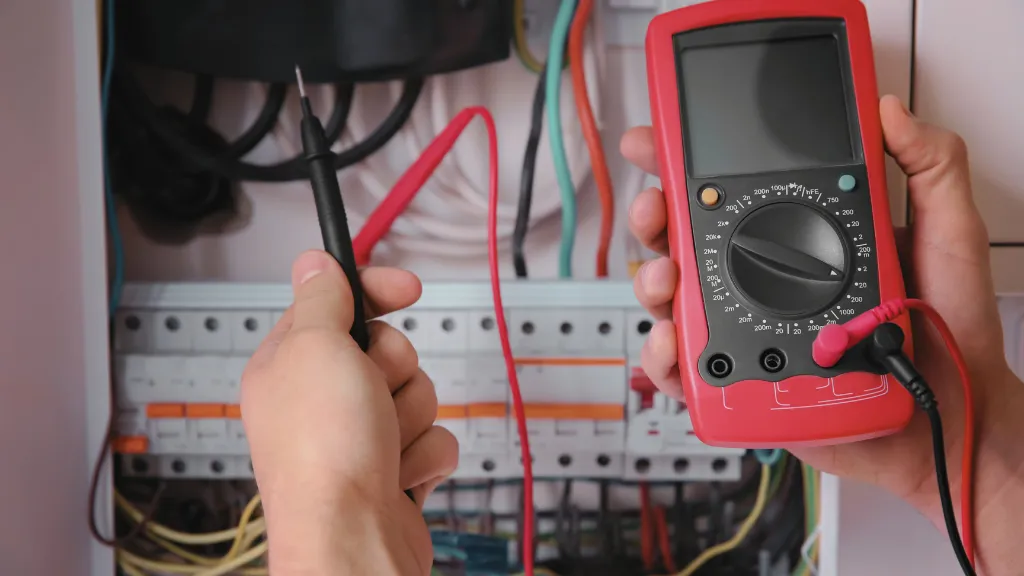Neutral vs Ground: What’s the Difference?
Electricity is a fundamental part of our daily lives, powering everything from the smallest gadgets to the largest industrial machines. However, the concepts behind electrical systems can be complex and confusing, especially when understanding the differences between neutral and ground wires.
This article demystifies these two critical components of electrical systems, explaining their purposes, differences, and why they are both essential for safety and functionality.
Understanding the Basics of Neutral and Ground
Before diving into the differences between neutral and ground, it’s important to understand some basic electrical principles.
What is Neutral Wire?
The neutral wire serves as a return path for electrical current. In a standard home electrical system, power typically comes from a transformer and enters a building through a live (or “hot”) wire and a neutral wire.
The live wire provides the source of electricity, while the neutral wire completes the circuit by offering a path back to the electrical source, which is usually the transformer.
What is Ground Wire?
The ground wire is a critical safety mechanism to prevent electrical shocks and fires. This wire offers a secure route for excess electrical current to be harmlessly discharged into the ground during a short circuit or any other fault.
This wire is connected to the earth (ground) outside the building and to the electrical panel within, ensuring a safe outlet for excess electricity.

What is the difference between Neutral and Ground?
The primary differences between neutral and ground wires are their purpose and connection points within an electrical system.
- Purpose: The neutral wire’s main function is to carry the current back to the source to complete the electrical circuit, while the ground wire’s role is purely safety-oriented, providing a path for electrical discharge in case of a fault.
- Connection: Neutral wires are connected to the neutral bus bar within an electrical panel, which is then linked to the main electrical grid. Ground wires are connected to the grounding bus bar and then physically grounded to the earth.
Safety and Code Compliance of Neutral and Ground
Both neutral and ground wires are essential for the safe operation of electrical systems. Electrical codes and standards, such as those set by the National Electrical Code (NEC) in the United States, specify the requirements for neutral and grounding systems to ensure safety and prevent hazards.
Why Both Are Necessary
The distinction between neutral and ground is crucial for preventing electrical shocks and fires. The neutral wire ensures the efficient operation of the electrical system by completing the circuit, while the ground wire provides an essential safety net by diverting excess electricity.
Why Is It Dangerous to Use the Ground Wire as a Neutral?
While similar in function at a glance, the ground and neutral wires have distinct roles critical for an electrical system’s safety and efficiency. The neutral wire is part of the circuit’s main path for electrical current, designed to carry current under normal operation back to the source.
In contrast, the ground wire is a safety measure intended only to conduct current under fault conditions to prevent electric shock or fire.
Using the ground wire as a neutral compromises this safety mechanism in several ways:
- Electrical Shock Hazard: The ground wire is accessible through many parts of an electrical system, including metal cases of appliances and electrical boxes. If the ground wire carries current as a neutral, touching these parts could result in an electrical shock.
- Circuit Malfunction: Ground wires are not designed to carry operational current. Using them as neutrals can lead to unexpected circuit behavior or malfunction, potentially damaging electrical devices or the wiring itself.
- Violation of Codes and Standards: Electrical codes, such as the NEC, strictly prohibit using the ground wire as a neutral. Such practices violate safety standards and can lead to legal and insurance implications during an electrical incident.
- Compromised Safety Features: The grounding system protects against electrical faults by providing a path for excess current to dissipate into the earth safely. Using the ground as a neutral bypass, this safety feature increases the risk of electrical fires and shocks.
Can You Test Neutral With A Multimeter?
Yes, you can test a neutral wire with a multimeter, a versatile tool for measuring electrical values such as voltage, current, and resistance. Testing a neutral wire typically involves checking for voltage relative to the ground or checking the continuity to ensure it is properly connected and does not have a break in the circuit.
If you want to identify a neutral wire, check out our guide.

Conclusion
Understanding the differences between neutral and ground wires is essential for anyone involved in electrical work or home renovation. Both serve crucial roles in ensuring the safety and efficiency of electrical systems.
By maintaining the integrity of these components and adhering to electrical codes, we can protect ourselves and our properties from electrical hazards.
For more detailed information and guidance, consulting an electrical professional or referring to the National Electrical Code (NEC) can provide additional insights into the proper use and installation of neutral and ground wires in electrical systems.
Frequently Asked Questions
Can neutral and ground be connected together?
In residential electrical systems, neutral and ground are connected together at the main service panel. This connection is essential for the grounding system to function correctly. However, beyond this point, they must remain separate to prevent potential safety hazards.
What happens if neutral and ground wires are not properly installed?
Improper installation of neutral and ground wires can lead to serious safety risks, including electric shocks, fires, and damage to electrical devices.
Is it safe to touch the neutral wire?
While the neutral wire is typically considered safe to touch, it can still carry current, especially if there’s an imbalance in the system. It’s always best to treat all wires cautiously and assume they are live.

Author
Alex Klein is an electrical engineer with more than 15 years of expertise. He is the host of the Electro University YouTube channel, which has thousands of subscribers.
